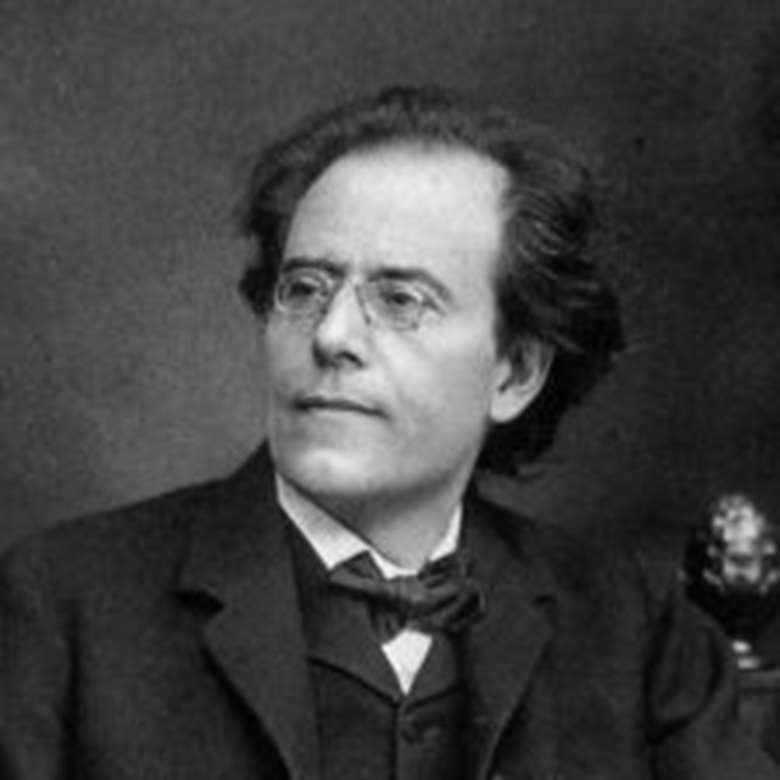Mahler's Das Lied von der Erde, by Kent Nagano
Gramophone
Thursday, January 1, 2015

What exactly is this piece? A symphony? Some kind of opera? I don’t find it so much of an opera. It has a special conception and it doesn’t fit into any familiar structure. It is strongly tied to Lieder, with texts that have lyrical,cantabile characteristics. It is a Lieder-Symphony. People had been asking, is the symphony still possible? Is it still relevant? Mahler’s response was to create a refined new form, using the idea of Lieder. In previous Mahler symphonies associated with Lieder, such as the Third and Fourth, only part of the work had taken the form of a Lied, but here all six movements do.
The texts are from outside the Western tradition and strongly influenced by China, which makes the music naturally confrontational. The Eighth Symphony was already an opening to such cultural confrontation, with its two very disparate parts. Part 1 is liturgical, based upon Christian texts, whereas Part 2 is spiritual-secular, with man presented as an individual. This all rather mirrors the old idea of a world divided between an Abendland – where the sun is setting – and a Morgenland, where it then rises. This tension was especially fashionable as the 19th century turned into the 20th. Many writers were influenced by it. Goethe – a major European figure – had strong ties with the East. Rückert, whose texts Mahler also set, was a professor of Oriental languages as well as a writer, with a profound interest in the Orient. Schiller wrote a version of Turandotand, in France, Ravel and Debussy had an obvious fascination with Asia. Throughout all his music, Mahler was striving to find something universal, avoiding exotic stereotypes such as Butterfly. In the words he sets in Das Lied von der Erde, he is once again seeking loftier ideas in words, and his music again takes us through numerous important aspects of the lifetime of a man or mankind. In the First Symphony we have nature and the sense of wandering. The Second brings resurrection and in the Third, nature again, while the Fourth contrasts the Irdisch with the Himmlisch and the Seventh deals with the idea of destiny. Highlighted through all his great works is this sense of the phases of life, a single human being’s struggle with identity, all ultimately culminating in a confrontation with death. InDas Lied he explores these ideas from the perspective of a world that includes both the Orient and the Occident. The result is a breakthrough in what we mean by 'symphony'. Mahler used Asian texts as an opening, not a limitation, combining them with mainly but not exclusively Western harmonies and structures. The world is eternal, he tells us, but the individual will perish. It is one the most progressive of his works and takes us forward into the 20th century.
Mahler did rewrite and revise his scores, so would he have rewritten or revised this piece had he lived to rehearse it and hear it performed? We cannot be certain but I am not sure he would have changed it much. There is a lot of forte, especially in the first song, but forte is not all about decibel output. It can mean stronger rather than louder and, in any case, most of the music in this piece does not consist of tutti. There are long, delicate passages of chamber music. Mahler would have reworked the piece but I am not sure the result would have been a smaller orchestra or a slimming-down of the orchestration. This was written at the time of Gurrelieder and after the operas of Wagner, so Mahler knew the benefits of a broad orchestral palette, with the colours and textures it makes possible.
Our recording is drawn from live performances and I asked the orchestra to play very transparently. This doesn’t mean light dynamics from the point of view of the listener, but I did want to avoid congestion. My choice of a baritone (Christian Gerhaher) rather than a mezzo was not 'political'. I felt it was important for the concept of this particular performance that we should have collaborators who had a strong, mature relationship with Lieder. In this piece, the colours and nuances can change, even within an eight-bar phrase. The orchestrations must sound natural and organic, and I needed singers who could shade the music in the same manner. Christian Gerhaher and I had long talks about this, before we even began rehearsals. We were exploring together aspects of beauty, but that should not be confused with 'pretty'. Beauty can be profoundly disturbing, and distinctly 'not pretty'!
Interview by Michael McManus (Gramophone, March 2010)
Explore Mahler's symphonies with the leading Mahler conductors:
Symphony No 1, by Charles Mackerras
Symphony No 3, by Lorin Maazel
Symphony No 4, by David Zinman
Symphony No 5, by Simon Rattle
Symphony No 6, by Christoph Eschenbach
Symphony No 7, by Valery Gergiev
Symphony No 8, by Michael Tilson Thomas
Symphony No 9, by Esa-Pekka Salonen











